The pheasant is one of the twelve symbols that adorned the clothing of emperors and high-ranking officials during the imperial era of ancient China.
The snuff boxes painted on the inside for the most part are not really made to contain tobacco but are rather a support for painters specializing in this type of paints inside the bottles.
Period: XXth
Dimensions: Height: 9.4cm
Their story very probably begins in the latter part of the 18th century. Indeed, in a catalog of the Bertin sale, minister of Louis XVI and collector of objects from China, found there, it is mentioned that he had a crystal snuffbox, painted in its interior.
Until recently, it was thought that the history of the painted snuffbox inside began at the beginning of the 19th century.
The inside of these bottles was treated with an abrasive so that the surface was slightly porous and the paint adhered to the support.
This paint consisted of pigments and water to which glue was sometimes added. It was applied to the inside of the bottle using a curved brush comprising very few hairs or a thin bamboo rod whose tip was curved (called a feather), which was introduced through the narrow opening of the collar.
The technique used is called “inverted” painting because unlike the classical technique, the painter had to start by representing the foreground of his work and end with the background.
Contrary to many rumors concerning the position of the painter, the latter was seated at his work table, held the bottle in one hand and the brush in the other and sometimes held under the bottle, a mirror, in order to capture the maximum light.



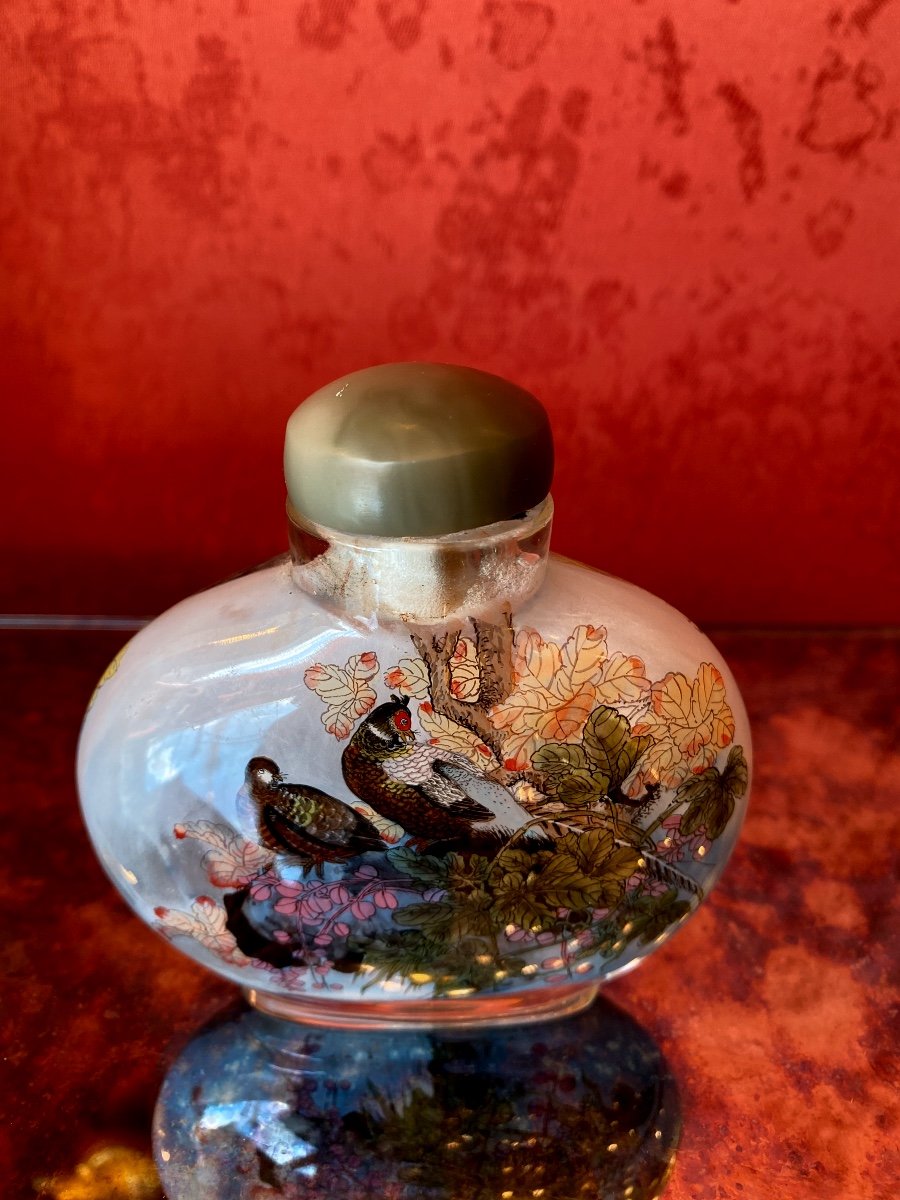
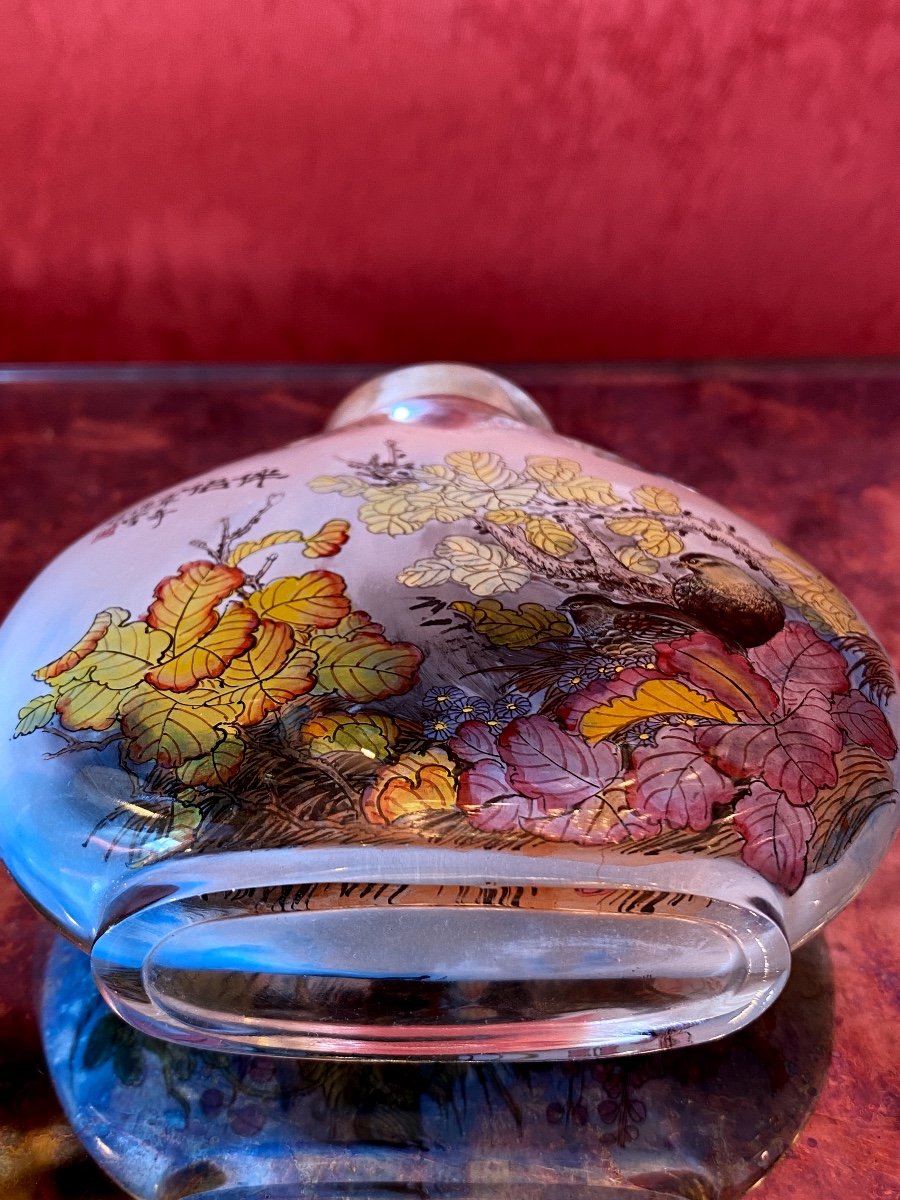
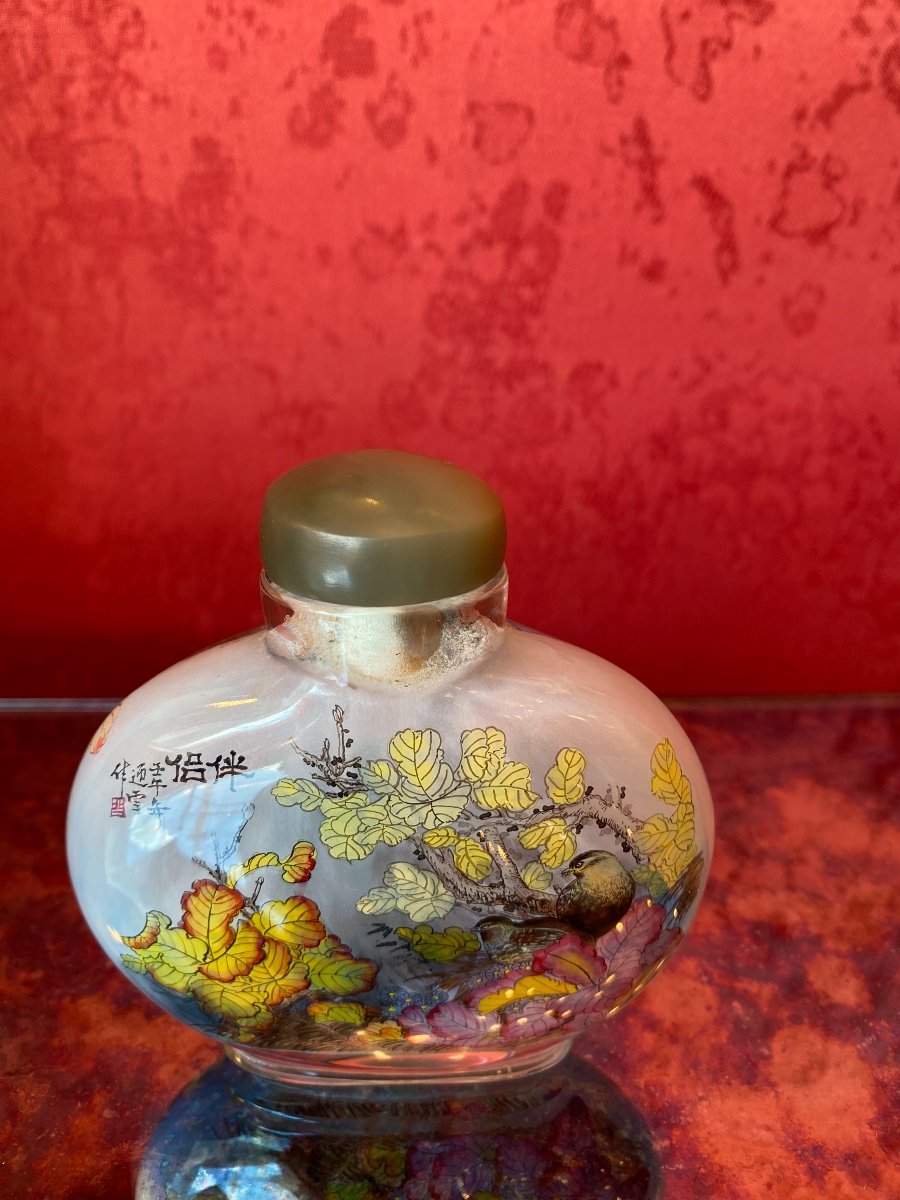
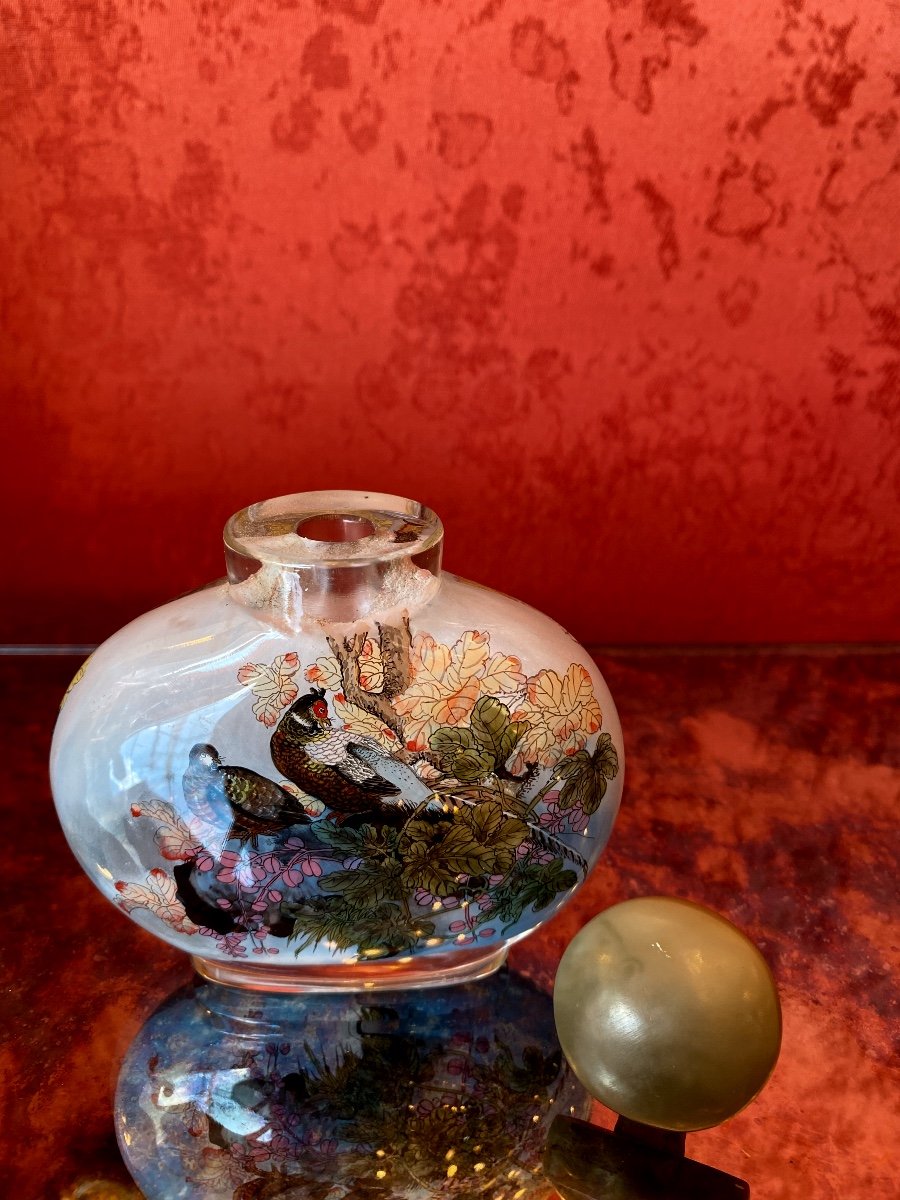
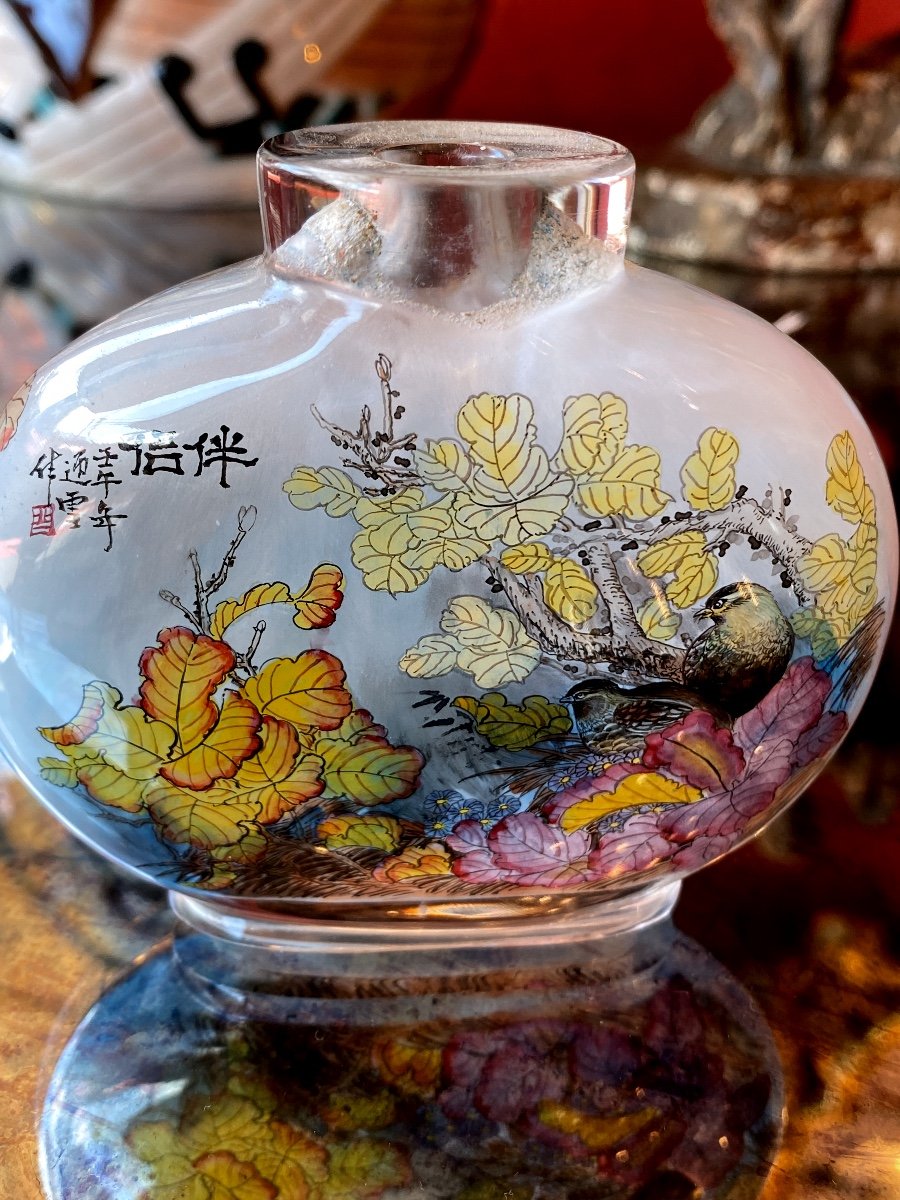
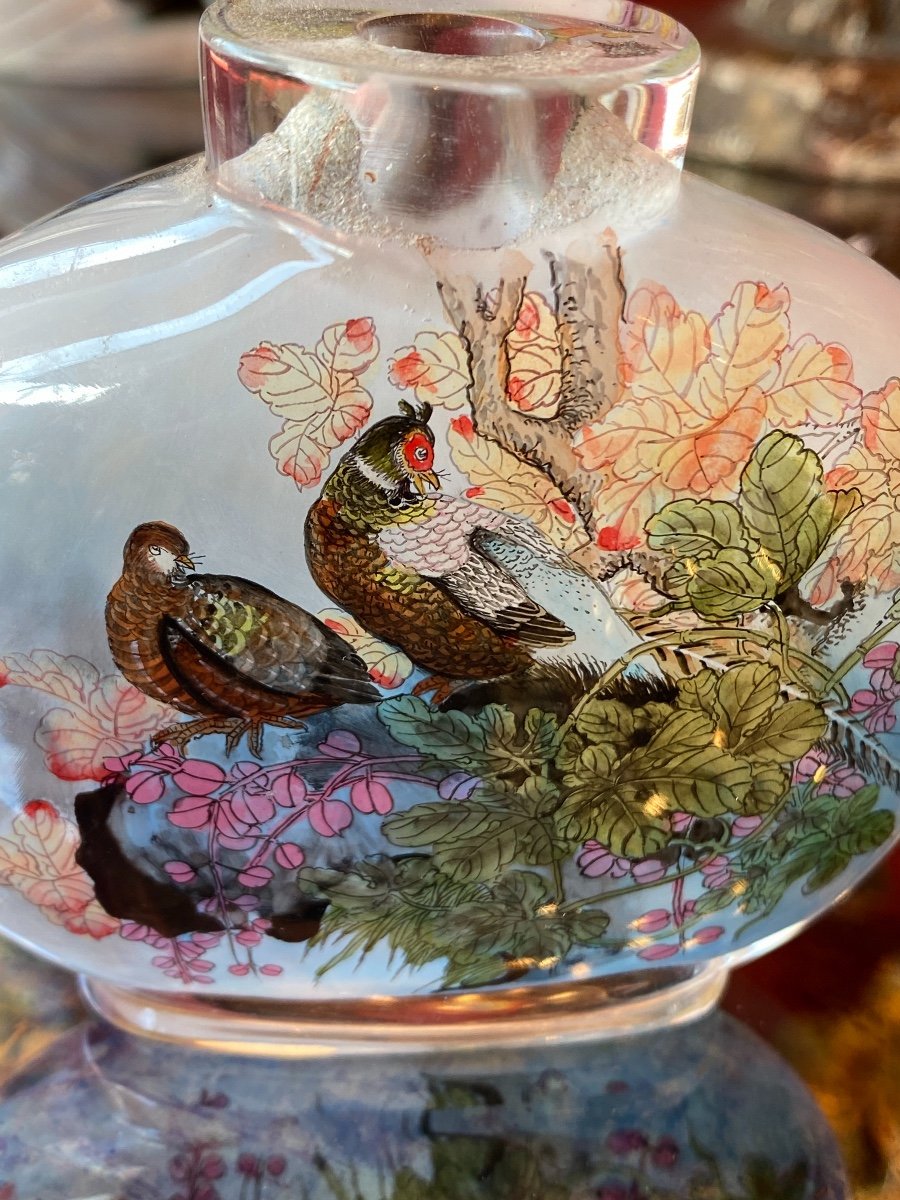

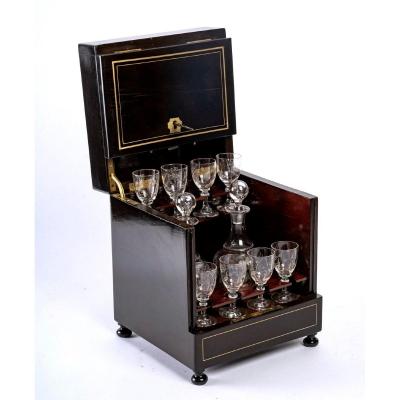

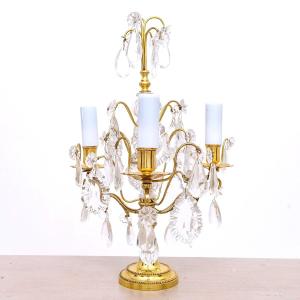

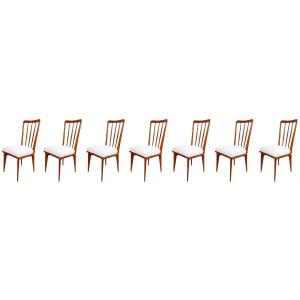

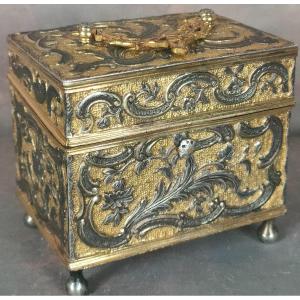
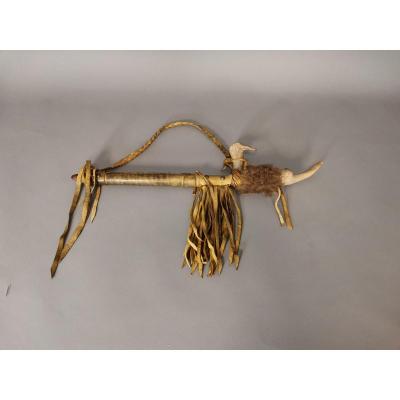
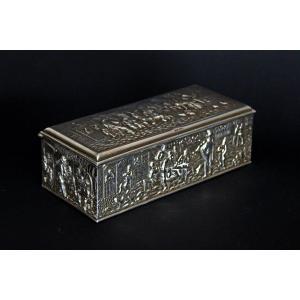





 Le Magazine de PROANTIC
Le Magazine de PROANTIC TRÉSORS Magazine
TRÉSORS Magazine Rivista Artiquariato
Rivista Artiquariato
